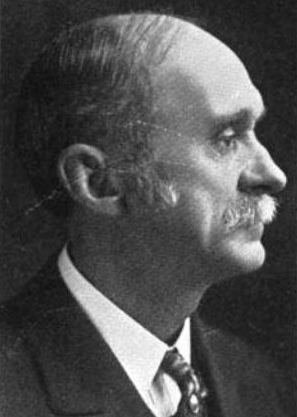 | ||
Side judge, or assistant judge, is a judicial position apparently unique to the state of Vermont. There are two side judges in each of Vermont's 14 counties.
Contents
Duties and responsibilities
While Family, District and Superior Court judges are appointed by the Governor, probate and side judges are elected. Side judges run at-large (not specifically for one of the two seats) and county-wide in November of even-numbered, non-presidential election years, and serve four-year terms. The terms begin on the following February 1.
In the event of a vacancy, the Governor is empowered to appoint a replacement.
Side judges sit with the judge in Superior (civil cases and violations of traffic laws and municipal ordinances) and Family Court. There are Superior and Family Courts located in each of Vermont's 14 counties at their "shire town" or county seat.
There are normally two side judges on the bench, but the court may proceed with only one side judge or none. In theory the side judges, who are generally not attorneys, have input only on matters of fact, with matters of law left to the presiding judge, but the vote of a side judge has the same weight as that of the judge, so two side judges can outvote the judge. If there is only one side judge and the side judge and the judge disagree on a matter of fact, a mistrial is declared. Side judges who undergo some training may also sit alone in small claims, uncontested divorces, traffic offenses, and violations of municipal ordinances.
Side judges have administrative duties in addition to court responsibilities. They appoint the County Clerk, Treasurer and Auditor, Road Commissioners, and Notaries Public, manage the county courthouse, sheriff's office and other property, and prepare the county budget. As a result, side judges receive two types of compensation: a salary for their administrative duties, paid by the county, and a per diem for their judicial duties, paid by the state.
Once the county budget has been determined, municipalities in the county are assessed a portion, based on their grand list (total evaluation of property in the municipality).
Vermont's Assistant Judges also have a professional association and lobbying group, the Vermont Association of County Judges.
Current side judges
(As of February, 2015)
History
The position of side judge was part of Vermont's government during the mid to late 1700s period of the Vermont Republic, and was continued in the Vermont Constitution when Vermont was admitted to the Union as the fourteenth state in 1791.
The idea of side judges appear to have been borrowed from the colony of Pennsylvania, and they were also part of the judiciary in other states, including New Hampshire and Connecticut. In Vermont, they were created in part because early Vermont residents were distrustful of lawyers, many of whom had received their training in England before the American Revolution, making their loyalty suspect, or had supported New York during the dispute between New York's colonial government and Vermont's original white settlers over control of Vermont's first towns. The founders of Vermont had purchased their land grants from Benning Wentworth, the Governor of New Hampshire. When the British government supported New York's attempts to assert control, those with New Hampshire land grants refused to re-purchase them from New York. Adding lay judges to the courts was a means of ensuring that pro-British or pro-New York judges could not control the courts.
Though reorganization of the judiciary in other states eliminated the side judge position, It has continued in Vermont. Some updates and changes to Vermont's court system included elimination or a reduced role for the side judges, but most of those efforts have been unsuccessful.
